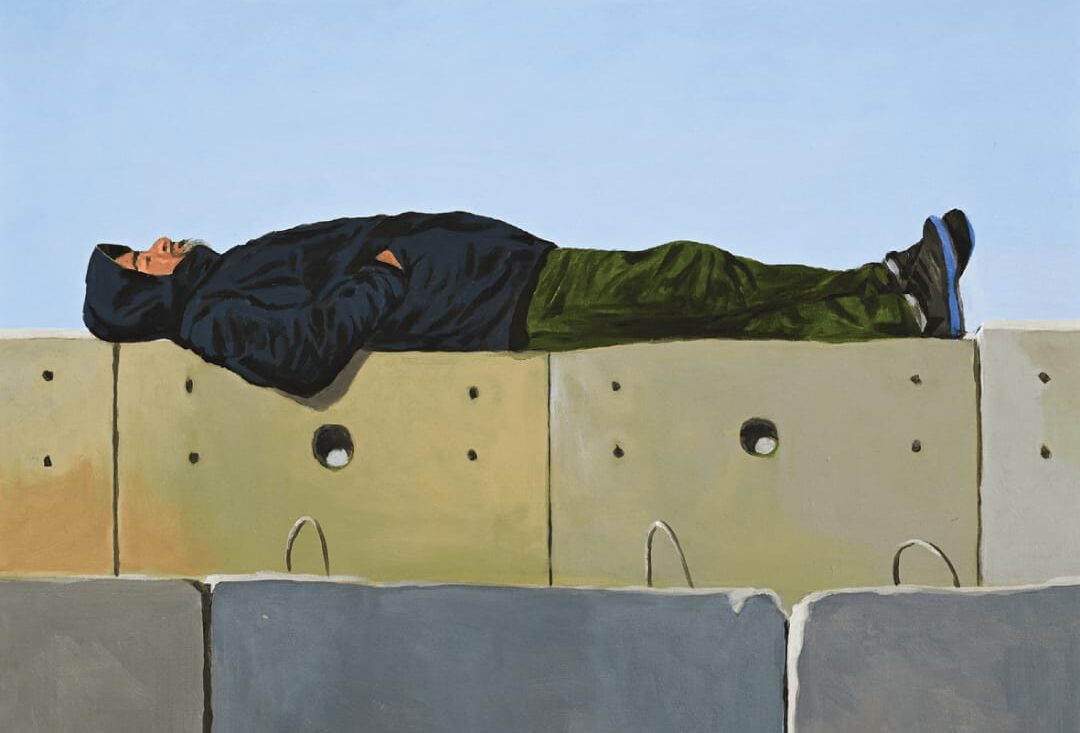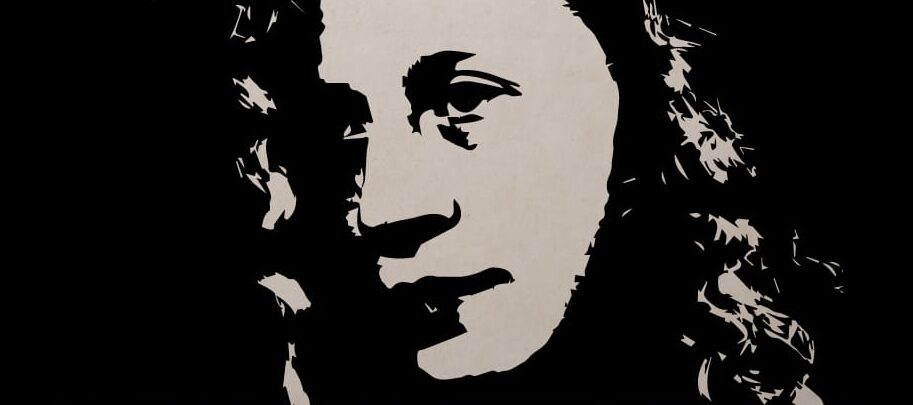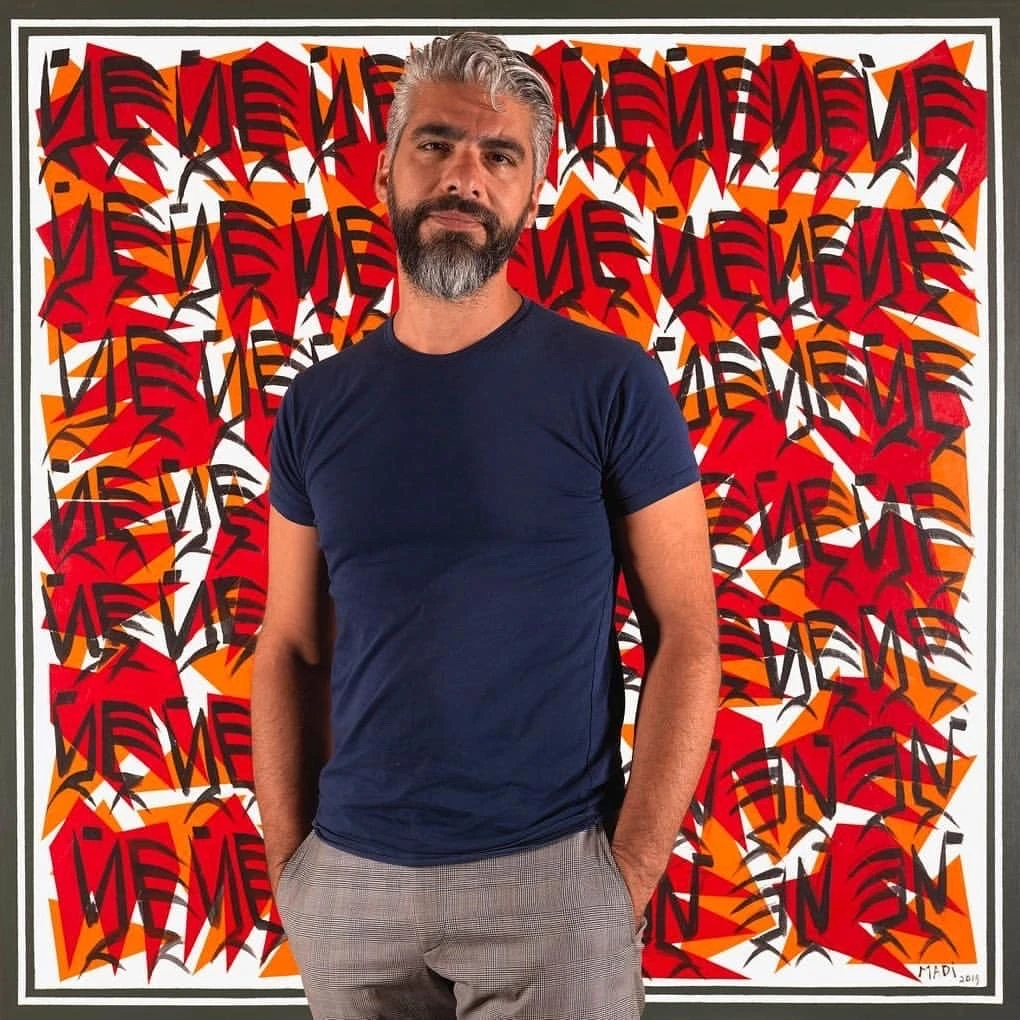In the realm of art, contrasting narratives often converge to offer profound insights into human experiences. Two artists, Rashid Diab and Khaled Hourani, present unique perspectives on themes such as migration, displacement, and oppression. While their approaches differ significantly, both artists contribute to a nuanced understanding of these complex issues through their captivating artworks.
Rashid Diab’s Approach:
Rashid Diab’s artistic journey delves deep into the profound human experience of migration and displacement, with a particular focus on the challenges faced by women in such circumstances. His artworks are characterized by a minimalist style, featuring vast blank spaces that evoke a sense of isolation and solitude. Within these minimalist compositions, Diab portrays individuals caught in the throes of migration, depicting a journey without a clear destination or vision. This absence of hope in his paintings reinforces the harsh reality faced by many migrants, where uncertainty and despair loom large.
The minimalistic approach adopted by Diab evokes a poignant feeling of emptiness and a void, resonating with the starkness of the migrant experience. One of his notable paintings features a lone woman amidst the vastness of the Sudanese landscape, symbolizing the overwhelming challenges and loneliness that accompany migration. Through his art, Diab captures the essence of human struggle and the harsh realities faced by those forced to leave their homes in search of a better life.
Khaled Hourani’s Approach:
In stark contrast to Diab’s minimalist portrayal of migration, Khaled Hourani takes a more optimistic and imaginative stance when addressing the impact of oppression. Hourani’s artworks often center around the oppressive apartheid wall, which he transforms into a symbolic playground for hope and freedom. Rather than dwelling solely on the bitterness of the situation, Hourani chooses to envision a world where barriers can be overcome and dreams can flourish.
By incorporating irony and a sense of playfulness into his paintings, Hourani challenges the conventional narrative of oppression. Individuals in his artworks are seen joyfully interacting with the wall, climbing over it, or using it as a platform for playful activities. This transformation of the barrier into a park-like setting serves as a powerful metaphor for resilience and resistance in the face of adversity.
Hourani’s preference for living in dreams rather than reality is evident in his portrayal of happy memories and hopeful scenarios within his artworks. Through his art, he not only highlights the human capacity to dream of freedom but also emphasizes the resilience of the human spirit in overcoming seemingly insurmountable obstacles.
Conclusion:
In conclusion, the art of Rashid Diab and Khaled Hourani offers contrasting yet complementary narratives on migration, displacement, and oppression. While Diab’s minimalist approach captures the starkness and solitude of the migrant experience, Hourani’s imaginative and hopeful perspective presents a more optimistic outlook within the context of oppression. Both artists contribute uniquely to the understanding of these complex themes, showcasing the diverse ways in which art can convey the intricacies of human experience and inspire reflection and empathy.







